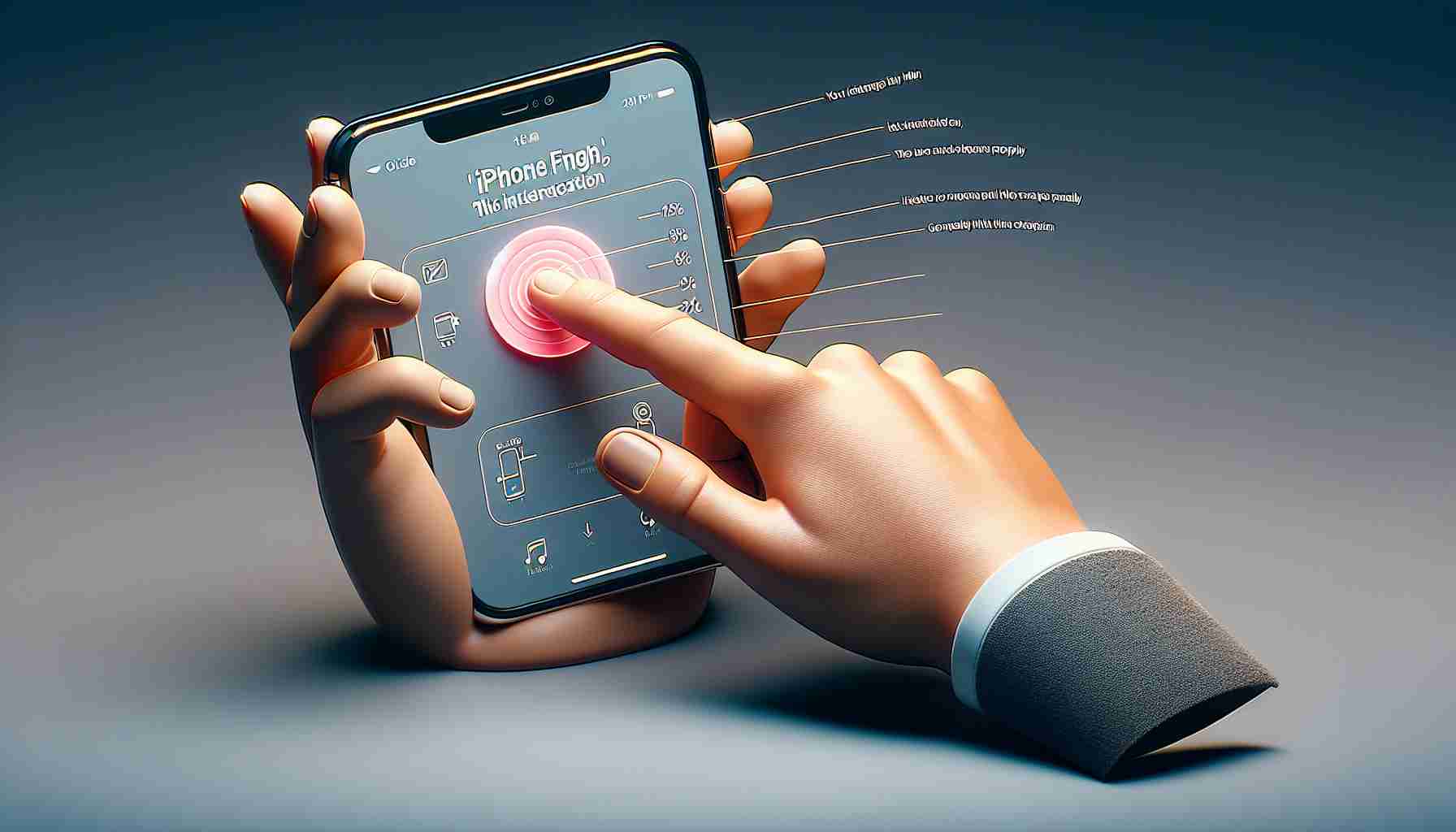Among the many urban myths circulating in the digital age, one particular concept has sparked a conversation among smartphone users—‘iPhone finger’. This term has recently surfaced, suggesting that heavy smartphone usage might be reshaping our pinky fingers, leaving an indent due to the way we hold our devices. Initially, the peculiar phenomenon of a pinky indentation attributed to smartphone usage was discussed on a podcast, inciting curiosity amongst Apple loyalists.
What ‘iPhone Finger’ Allegedly Entails
The phenomenon is also known as ‘smartphone pinky’, characterized by a difference in appearance between the little fingers of a person’s hands. The notion suggests that a person should inspect their pinkies for any asymmetry or indentation, primarily due to the way a phone is cradled during use.
Health Experts Weigh In
Notably, medical professionals have discredited the ‘iPhone finger’ as a legitimate medical diagnosis. Dr. Peter Evans, alongside other experts, clarified that an indented pinky does not pose a health concern. They elucidated that while people might mistake a change in their finger’s appearance for a condition caused by their phone, it is not supported by medical evidence.
Understanding Real Concerns of Prolonged Smartphone Usage
Although the specific worry about an iPhone-imposed pinky dent may be unfounded, Dr. Evans cautioned against other, more serious issues associated with excessive smartphone use. Certain individuals may mistake a pre-existing condition for ‘smartphone pinky’. Conditions like clinodactyly or Dupuytren’s contracture, although not linked to smartphone use, could be of real concern.
Furthermore, Dr. Evans emphasized the reality of issues such as ‘smartphone elbow’ or cubital tunnel syndrome, resulting from prolonged elbow bending during frequent texting. Symptoms like numbness or a tingling sensation in the pinky should not be ignored, as they could indicate nerve damage. Similarly, the ‘texting thumb’ and neck problems can emerge from recurrent swiping and texting habits, potentially exacerbating pre-existing ailments or causing new tendon issues in the thumb.
Debunking Myths and Understanding Ergonomics
Recognizing the increasing prevalence of smartphone use in daily life, ergonomics experts have studied the best ways to hold and interact with our devices to minimize discomfort and potential injuries. While the concept of ‘iPhone finger’ or ‘smartphone pinky’ lacks scientific backing, ergonomic practices suggest proper holding techniques and frequent breaks to avoid strain. This approach helps prevent conditions like carpal tunnel syndrome, which is a real concern due to repetitive motions like typing or swiping on a smartphone.
Scientific Research on Smartphone Use Impact
Scientific studies have investigated the long-term effects of smartphone usage on hand and finger physiology. Research, however, has yet to prove a direct cause-and-effect relationship between holding a smartphone and significant changes in finger shape. It is vital to look at verified studies and consult health professionals before jumping to conclusions based on anecdotes or viral social media posts.
Psychological Effects of Persistent Connectivity
In addition to physical concerns, psychologists highlight the potential mental health implications of constant smartphone use. This includes increased stress levels due to persistent connectivity, the impact on sleep patterns, and the potential for addictive behaviors related to smartphone interactions. Balancing technology use with regular periods of disconnection is advised for maintaining mental well-being.
Important Questions and Answers
– What is the “smartphone elbow”? Smartphone elbow, or cubital tunnel syndrome, is a condition related to the compression of the ulnar nerve at the elbow, often exacerbated by prolonged bending of the elbow, such as when holding a phone up to the ear for long periods.
– Could “iPhone finger” still be affecting people without creating visible changes? Although ‘iPhone finger’ as a concept of visible changes to the pinky finger has been debunked, the way people hold their smartphones can still contribute to discomfort or strain without necessarily causing a permanent indent.
Key Challenges and Controversies
The key challenge regarding smartphone-related health concerns is distinguishing between myths and medically supported facts. It remains controversial how significantly smartphones can impact physical health beyond the well-established issues mentioned. Another critical issue is ensuring that ergonomic advice is based on scientific evidence rather than anecdotal claims.
Advantages and Disadvantages of Smartphone Use
Smartphones are incredibly beneficial tools, enabling communication, access to information, and convenience in many daily tasks. However, these advantages come with potential downsides, especially when overused. Disadvantages include the aforementioned physical strains, impacts on mental health, and the potential for decreased face-to-face interactions and engagement with the physical world.
For more relevant information, be sure to refer to credible sources such as official health organizations or established medical publications. If you’re looking for further reading on the subject matter, please visit the following main domain links:
– World Health Organization: www.who.int
– Mayo Clinic: www.mayoclinic.org
– American Academy of Orthopaedic Surgeons: www.aaos.org
Remember only to consult trusted websites for genuine health concerns to avoid misinformation.
